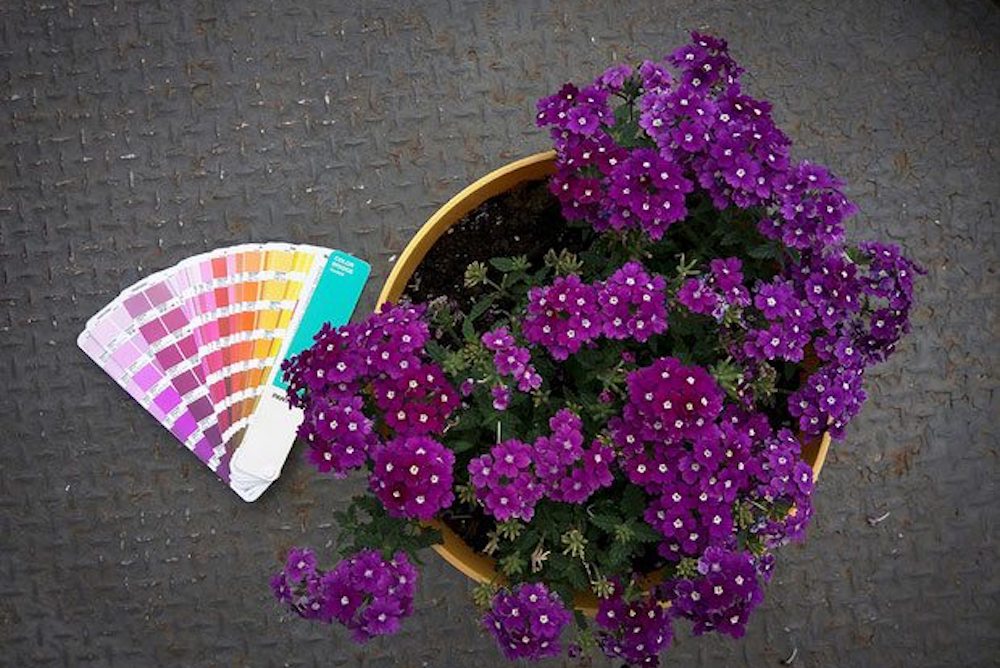On July 20, 1969, Neil Armstrong and Buzz Aldrin became the first humans to land on the Moon. This historic journey required countless tasks of impressive intellect and skill, perhaps the most significant of which was simply not missing the Moon altogether. Four days before the monumental landing, the crew of Apollo 11 launched from the Kennedy Space Center in Florida, as the Earth orbited the sun at a speed of over 66,000 miles per hour, with the goal of ending up on the Moon, which was orbiting the Earth at over 2,200 miles per hour. It was like trying to shoot a quarter from a moving vehicle into the next county over. A miscalculation of just a single degree could mean completely missing the Moon and hurtling into the vastness of space. While one degree may seem insignificant at first, it can quickly escalate to wasted resources, diminished credibility, and a failed mission.
While your business may not be concerned with space travel, a minor variation in your brand can still spell a failed mission for your marketing efforts. The focal points of brand engagement for many businesses has been redirected from traditional media like billboards, trade publication ads, and brochures to a website strategically connected to a constellation of social marketing platforms. This transition has enabled color standards to be more forgiving (it’s a much faster and inexpensive to fix an inconsistent color on a web page than it is on a billboard), but given the number of design files, the different sites they’re distributed to, and the number of hands they pass through from concept to delivery, color shifts can easily occur, and the uniformity of a brand can quickly unravel.
How Colors are Identified
To ensure your brand colors have a solid foundation of standardization, one of the most common and reliable solutions is the new Pantone Plus Color Bridge system. As the only internationally recognized color system, Pantone provides uniform guidelines to convert colors into an easy-to-duplicate CMYK process color code, which can be shared with vendors to ensure consistent results.
The Pantone system begins with a physical color book, where colors are assigned codes that become the universally recognized building blocks of your brand. This allows business owners to see how a specific color will reproduce when printed (using process or spot color) and plan in advance to minimize potential color shifts in different printed media forms. It’s also the way to obtain a concrete reference for ensuring a desired color matches the source of its inspiration.
Color Selection in Action: A Case Study
Let’s say a gardening enthusiast wants to start a business entitled Verbena Garden and Supply Company. Knowing the client’s passion for verbenas, we could use that information to construct the new color palette by recording the exact colors from the actual flower by physically matching them with the Pantone swatch book.


By matching the colors to the original desired object, the following Pantone CP colors are obtained:

Out of the 1,677 colors available through this system, our design team ensures that the colors selected have the minimal potential for color shift, resulting in a greater degree of accuracy when reproducing color for all media types and print methods.
With these color codes secured, the colors are then translated to the CMYK used for typical print materials, RGB for all web-based media files, and HTML colors (commonly referred to as “hexadecimal codes” when applied to web programming).

Launching Your Brand
With a reliable color system now in place, the business owner knows exactly what to communicate to properly reproduce her new logo in all subsequent brand elements.


Learn more today
Interested in learning more about the branding process and how North Star Marketing can take your brand to the next level? Call us today at 336-229-6610 or request additional information here. We look forward to partnering with you!
Post script: The science of color construction and reproduction has been evolving for centuries. Click here for a monumental attempt to develop an analog system in the Netherlands in 1692.





